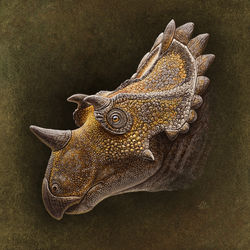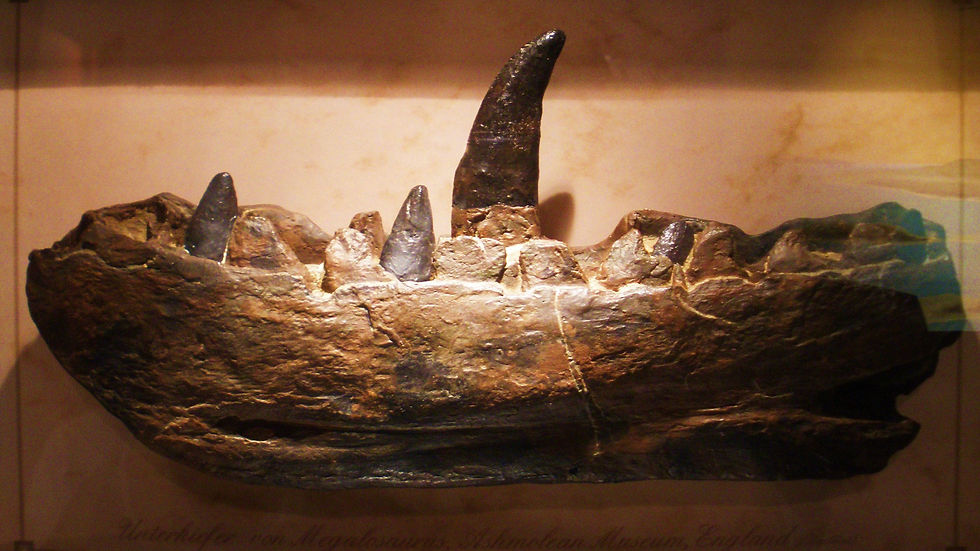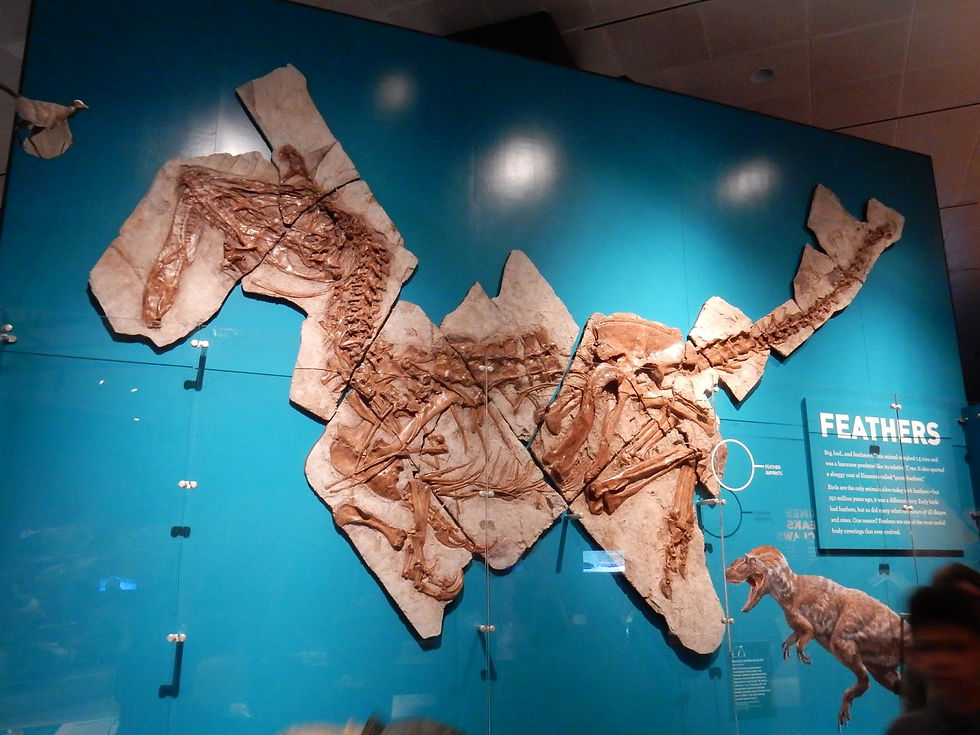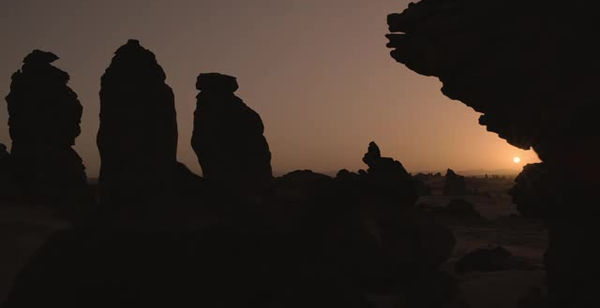


 |  |  |
|---|---|---|
 |  |  |
 |  |  |
 |  |  |
 |  |  |
 |  |  |
 |  |  |
 |  |
Johan Egerkrans
Rushelle Kucala
 |
|---|
 |
 |
 |
 |
 |
 |
 |
 |
 |
 |
 |
 |
 |
 |
 |
 |
 |
 |
 |
 |
 |
 |
 |
 |
 |
 |
 |
 |
 |
 |
 |
 |
 |
 |
 |
 |
 |
 |
 |
 |
 |
 |
 |
 |
 |
 |
 |
 |
 |
 |
 |
 |
 |
 |
 |
 |
 |
 |
 |
 |
 |
 |
 |
 |
 |
 |
 |
 |
 |
 |
 |
|---|
 |
 |
 |
 |
 |
 |
 |
 |
 |
 |
 |
 |
 |
 |
 |
 |
 |
 |
 |
 |
 |
 |
 |
 |
 |
 |
|---|
 |
 |
 |
 |
 |
 |
 |
 |
 |
 |
 |
 |
 |
 |
 |
 |
 |
 |
 |
 |
 |
 |
 |
 |
 |
 |
 |
 |
 |
 |
 |
 |
 |
 |
 |
 |
|---|
 |
 |
 |
 |
 |
 |
 |
 |
 |
 |
 |
 |
 |
 |
 |
 |
 |
 |
 |
 |
|---|
 |
 |
 |
 |
 |
 |
 |
 |
 |
 |
 |
 |
 |
 |
 |
 |
 |
 |
 |
 |
 |
 |
 |
 |
 |
 |


5 and up


Coloring



the first dinosaur taxon outside of Avialae (birds and their immediate relatives) to be found with evidence of feathers. It was covered with a coat of very simple filament-like feathers.

Megalosaurus (meaning "Great Lizard", megas, meaning 'big', 'tall' or 'great' sauros, meaning 'lizard') is an extinct genus of large meat-eating theropod dinosaurs of the Middle Jurassic period (Bathonian stage, 166 million years ago) of Southern England. Although fossils from other areas have been assigned to the genus, the only certain remains of Megalosaurus come from Oxfordshire and date to the late Middle Jurassic.

Although "Leonardo" (as he was dubbed by the excavation team) wasn't the first specimen of Brachylophosaurus ever discovered, he was far and away the most spectacular. This near-complete, mummified, teenaged hadrosaur occasioned a new era of technology in paleontology, as researchers bombarded his fossil with high-powered X-rays and MRI scans in an attempt to piece together his internal anatomy (with mixed results, it has to be said). Many of these same techniques are now being applied to dinosa


is a genus of bird-like dinosaurs that is transitional between non-avian feathered dinosaurs and modern birds. Between the late nineteenth century and the early twenty-first century, Archaeopteryx had been generally accepted by palaeontologists and popular reference books as the oldest known bird. It did not have powered flight. This animal would climb to the top of trees, spread its wings and glide from tree to tree.

is a genus of tyrannosauroid dinosaurs which contains a single known species, Yutyrannus huali. This species lived during the early Cretaceous period in what is now northeastern China. Three fossils of Yutyrannus huali—all found in the rock beds of Liaoning Province—are currently the largest-known dinosaur specimens that preserve direct evidence of feathers.

is an extinct genus of anomalocaridid, a family of animals thought to be closely related to ancestral arthropods. The first fossils of Anomalocaris were discovered in the Ogygopsis Shale by Joseph Frederick Whiteaves, with more examples found by Charles Doolittle Walcott in the Burgess Shale. Originally several fossilized parts discovered separately (the mouth, feeding appendages and tail) were thought to be three separate creatures

Discovered: Gobi desert, Mongolia, 1971 Age: 74 million years They will remain forever locked in mortal combat. The Velociraptor has sunk its deadly foot claw deep into the neck of the herbivore, a boar-sized creature called Protoceratops. This vicious attack may have hit the carotid artery – a lethal blow. But the Protoceratops fought back. It has thrown the Velociraptor to the ground before it, and its jaws are locked on to the predator’s right arm. When they were suddenly covered preserved.

Dunkleosteus is an extinct genus of arthrodire placoderm fish that existed during the Late Devonian period, about 358–382 million years ago. (19.7 ft) long and 1 t (1.1 short tons) in weight. Few other placoderms rivaled Dunkleosteus in size. Dunkleosteus could quickly open and close its jaw, like modern day suction feeders, and had a bite force of 6,000 N

"lizard of the Meuse River") is a genus of mosasaurs, extinct carnivorous aquatic lizards. It existed during the Maastrichtian age of the late Cretaceous period, between about 70 and 66 million years ago, in western Europe and North America. The name means "Meuse lizard", as the first specimen was found near the Meuse River (Latin Mosa + Greek sauros lizard).

She was sitting on her nest keeping her eggs warm, just like modern birds do, when disaster struck Discovered: Gobi Desert, Mongolia, 1994 Age: 83 to 66 million years Location: Mongolian Dinosaur Museum The first oviraptor was discovered in Mongolia in 1922. It was given its name, which means “egg thief”, because it was found near a nest of what appeared to be Protoceratops eggs. But it turns our there her own eggs that she was protecting.

Inostrancevia is an extinct genus of carnivorous therapsids, containing the largest members of the family Gorgonopsidae, predators characterized by long, saber-tooth-like canines. The various species inhabited northern Russia during the Upper Tatarian, the late permian period. dating from approximately 260 to 254 million years ago. It is known from several skulls and two almost-complete skeletons.

.png)
.png)
.png)
.png)
.png)
.png)
Jack Horner

Robert T. Bakker
Paul Sereno


Philip Currie

John Robert Horner is an American paleontologist most famous for discovering and naming Maiasaura, providing the first clear evidence that some dinosaurs cared for their young. He has worked on movies like Jurassic Park and is currently working on changing a modern day chicken to have clawed arms, tail and teeth like its ancestors.
American paleontologist who helped reshape modern theories about dinosaurs, particularly by adding support to the theory that some dinosaurs were endothermic
(warm-blooded). He revealed the first evidence of parental care at nesting sites for Allosaurus. He is also an author! Writing amazing book like Raptor Red.
American paleontologist who has discovered several new dinosaur species on several continents, including at sites in Inner Mongolia, Argentina, Morocco and Niger. One of his most widely publicized discoveries is that of a nearly complete specimen of Sarcosuchus - popularly known as SuperCroc!
Canadian palaeontologist
and museum curator who helped found the Royal Tyrrell Museum of Palaeontology in Drumheller, Alberta. He helped describe some of the first feathered dinosaurs. his areas of expertise include theropods (especially Tyrannosauridae), the origin of birds.
Paleontologists who led the team that excavated "Sue", one of the largest and most complete specimen of Tyrannosaurus Rex found to date.
American Paleontologist and geologist and Directory of Education and Outreach at the University of California Museum of Paleontology. She was elected to the California Academy of Sciences in 2000.
New and up and coming paleontologist and science educator with the Cleveland Museum of Natural History.
a German vertebrate paleontologist and comparative anatomist, with a background in the bio- and geosciences. Specializing in Spinosaurids and also Led the team that discovered the new skeleton of Spinosaurus.
This site is for all ages and is dedicated to the love of the prehistoric world. I also travel to schools and museums to educate kids and their families in hopes to broaden their imaginations. The love for dinosaurs help children expand their minds to things beyond the limitations of what you can only see in front of you. expanding your imagination and dreams will help them for the rest of their lives. I would appreciate any contribution you can make to help me keep this site going and continue to educate young minds.






























